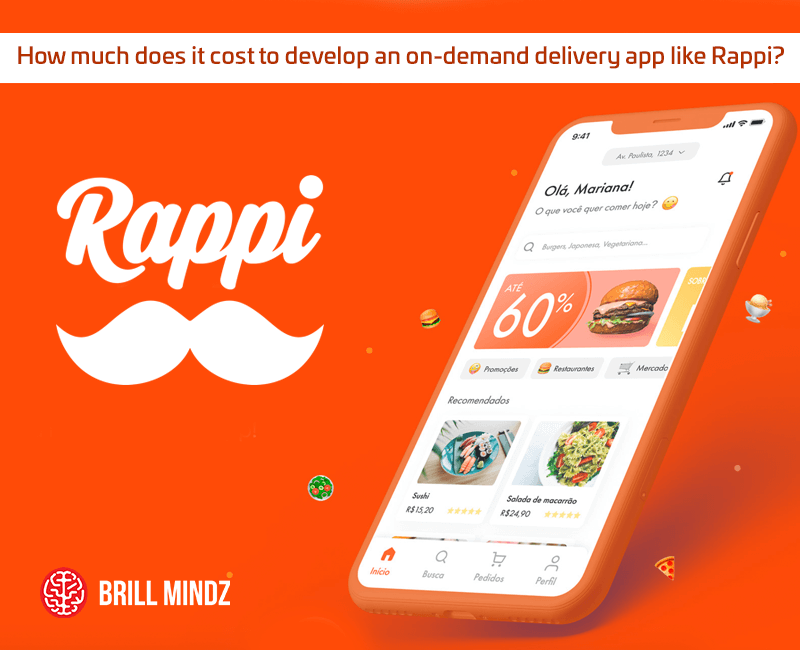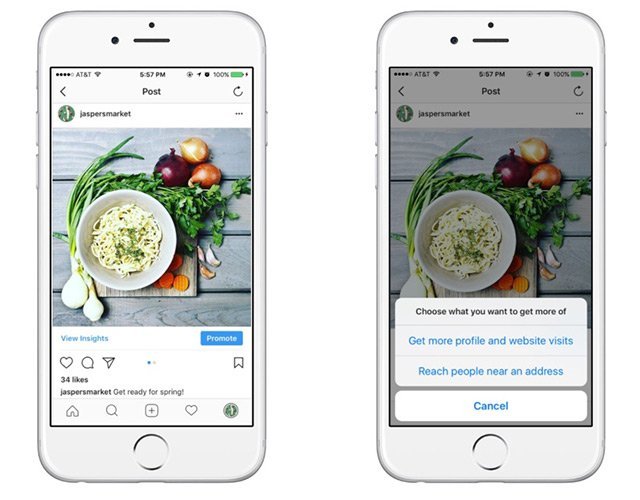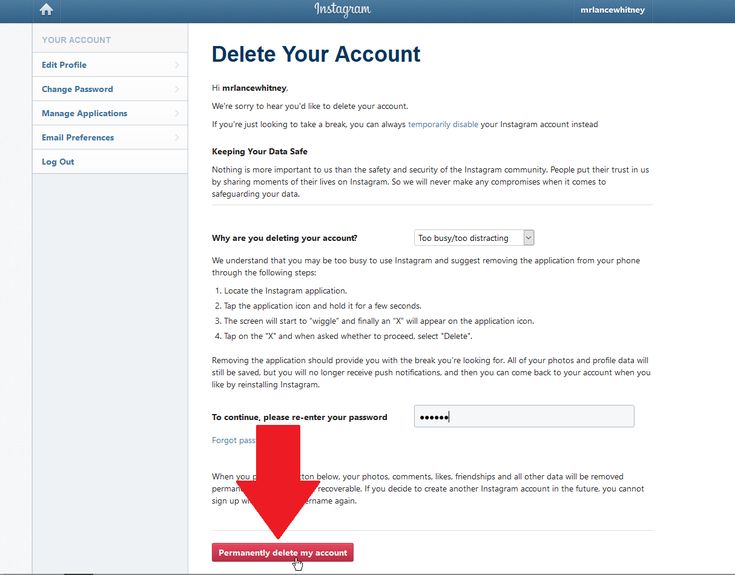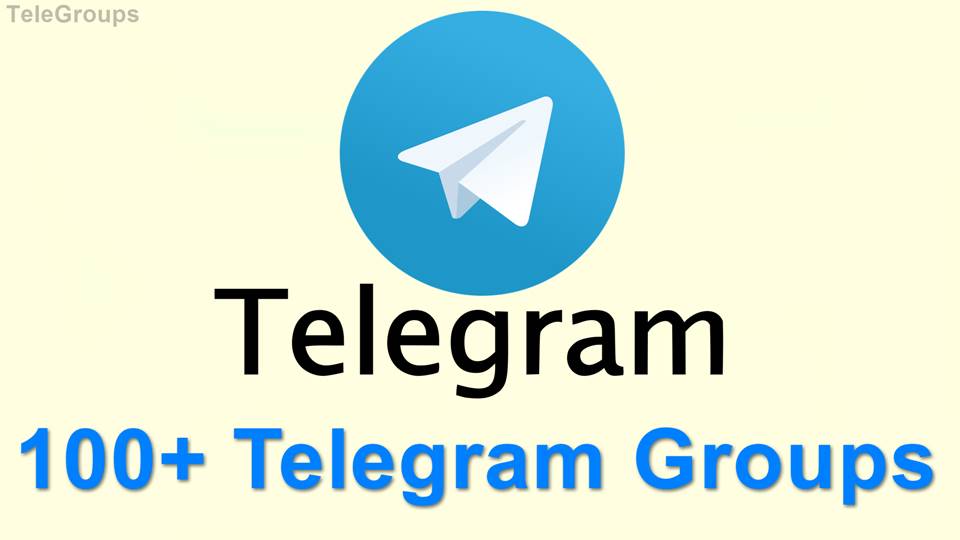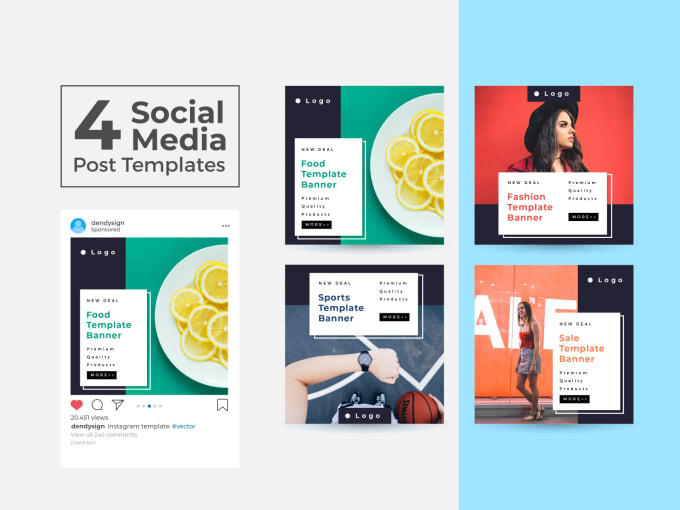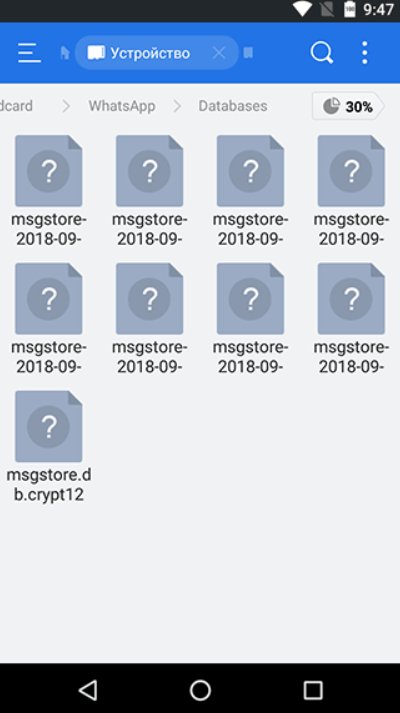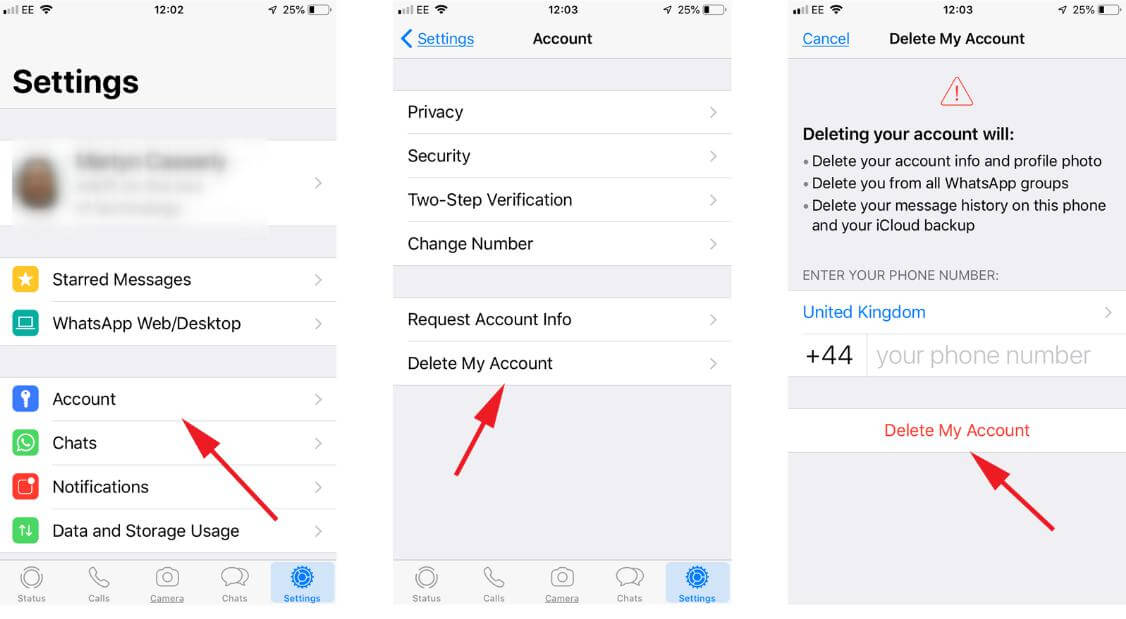How much does it cost to sell on instagram
Checkout on Instagram Seller FAQs to Get You Started
Checkout on Instagram is the marketplace feature on Instagram that allows physical products to be sold through shoppable posts similar to Shopify. Checkout happens through the app itself, and not offsite, making it easier to create shoppable opportunities for your followers.
How Do I Set Up Checkout on Instagram?
Checkout on Instagram is only available to sellers with a US-based business account, employer identification number (EIN), and a US address. These are the steps qualified sellers must take to set up Checkout on Instagram.
- Turn your Instagram account into a business account, if you haven’t already.
- Set up Commerce Manager through your Facebook Business page. This gives you access to inventory, orders, checkout, and payouts.
Here’s what you need to set up Commerce Manager:- Business information: Your legal business name, address, and contact information.
- Business Email Address: Receive notifications around shop setup, alerts, summary insights, and chargeback notifications.
- Business Category: Helps Facebook categorize your business and provide specific features based on the category you choose.
- Customer Service Email Address: To relay customer service requests.
- Business Representative Information: Name and date of birth.
- Employer Identification Number (EIN): To set up your payments account.
- Banking Information: Account and routing numbers.
- State Tax Registration Number: For every U.S. state where you have tax nexus.
- Shipping Options: To set your shipping speed and rates for the regions you ship within.
- Return Policy: To specify if you have any return policy restrictions.
- Connect your Facebook Page and your Instagram account.
- Add items to your Instagram product catalog. These are the for-sale products in your live shop.
Now that you’re all set up, check out these additional tips and the FAQs below to maximize the success of your Instagram storefront!
What are the commission rates and selling fees for checkout on Instagram?
Instagram selling fees are automatically deducted from your payouts. Instagram’s selling fee is 5% per shipment and does not vary by product category. Shipments of $8 or less have a flat fee of 40 cents. The selling fee includes taxes and any payment processing costs. However, fees are currently waived through December 31, 2022, to assist small businesses that are recovering from the pandemic.
Instagram’s selling fee is 5% per shipment and does not vary by product category. Shipments of $8 or less have a flat fee of 40 cents. The selling fee includes taxes and any payment processing costs. However, fees are currently waived through December 31, 2022, to assist small businesses that are recovering from the pandemic.
What are the image requirements for checkout on Instagram?
Instagram product images display in square (1:1) format.
Instagram accepts the following file types for product image URLs: GIF, JPEG, PNG, BMP, and TIFF. The max file size is 8 MB. The minimum image resolution is 500 x 500 pixels. For best results, an image resolution of 1024 x 1024 pixels is recommended.
Are UPCs or GTINs required to sell products through Checkout on Instagram?
GTINs and UPCs are not required at this time. You must provide at least one of the following: brand, manufacturer part number, or GTIN.
How can I get the most out of Checkout on Instagram?
Juggling large product inventories while trying to maintain optimized data feeds can make it difficult for your Instagram business to grow. Contact Feedonomics today to learn how our marketplace specialists can help your business.
Contact Feedonomics today to learn how our marketplace specialists can help your business.
How Much Does It Cost to Sell Online With Instagram?
If you’re a small business with little to no marketing budget — this article is for you.
Because guess what! It costs you absolutely nothing to sell online with Instagram! You just need some spare time to get it all sorted.
Instagram is a free marketing tool that can be used to expand your reach. And with two billion users, you should set up your Instagram shopping page ASAP.
Let’s read through a few FAQs about selling on Instagram and how easy it is with Ecwid by Lightspeed.
How to sell online
Tips from e-commerce experts for small business owners and aspiring entrepreneurs.
Please enter a valid email address
I consent to receive Ecwid Newsletter. I can unsubscribe anytime.
Does It Cost Money to Sell on Instagram?
No, it does not! Even when you want to enable shoppable posts, the cost to apply is zero.
However, you may encounter costs when setting up a store on an ecommerce platform. However, an online store is worth it for the increased access to more channels and expanding your reach.
You may also run into fees if you decide to start advertising with Instagram. In that case, you’ll want to have a marketing budget because running Instagram ads does cost money.
But if you simply are looking to post and promote your products, using Instagram is free!
Now that we know it doesn’t cost money to sell on Instagram, let’s take a look at how you do it.
How Do You Sell on Instagram Today?
If you don’t have an ecommerce store, you’ll want to get one ASAP — preferably with Ecwid by Lightspeed! Why? Well, we make it easy to connect your online store with Instagram!
See, one of the features of Instagram is shopping tags. It gives viewers more details about a product and the ability to buy it right then and there by clicking on the tag.
Instagram users can buy a product featured in the post by clicking on the shopping tag
To enable the shopping tags feature, you’re required to have an online product catalog. With a catalog, it is easy to get approved for Instagram Shoppable Posts.
With a catalog, it is easy to get approved for Instagram Shoppable Posts.
You do need an online catalog, though… And that’s where Ecwid comes in! If you want a fast and easy website with little to no cost, you should consider using Ecwid’s Instant Site. The robust and free one-page site builder enables entrepreneurs (regardless of their technical skills) to create an online store. You can then connect your new store to Instagram (as well as Facebook, TikTok, Amazon, eBay, Google Shopping, and more!).
You’ll want to set up your Ecwid store and Instagram business account ASAP. You should also learn how to get approved for Instagram Shopping. Trust us, tagging products on Instagram will be a game-changer for your business in 2022.
How Do I Make My Products Shoppable on Instagram?
Once you’ve been approved for Instagram Shopping, it’s time to tag products on Instagram.
Instagram uses Facebook Shop catalogs to find and tag products. Once your products are tagged, customers should see a bag icon.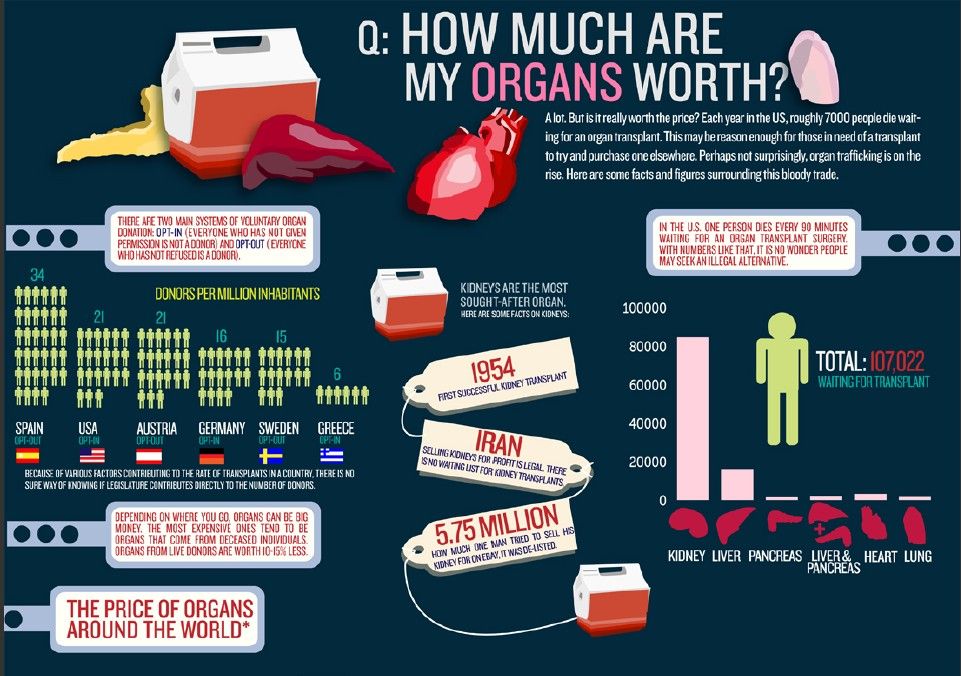 They can tap the link to view more information about the item.
They can tap the link to view more information about the item.
Users can see the item’s name, pricing, description, extra photos, and a direct link to your storefront product page. There, they can buy your product.
With Ecwid by Lightspeed, you can sync and connect Facebook Shop with your Instagram business profile in a couple of clicks. Learn how to tag products on Instagram!
After syncing your online store with Instagram via Ecwid by Lightspeed, you’ll also get a Shop section in your Instagram profile:
The Shop section in your Instagram profile displays all your products from your online store. Your followers can buy them without leaving the app!
A great thing about shopping tags is that they can be added to all types of content on Instagram: feed posts, stories, reels, IGTV, and lives. You can make all your content shoppable. No matter how potential customers discover your product on Instagram, they can start buying from you right away.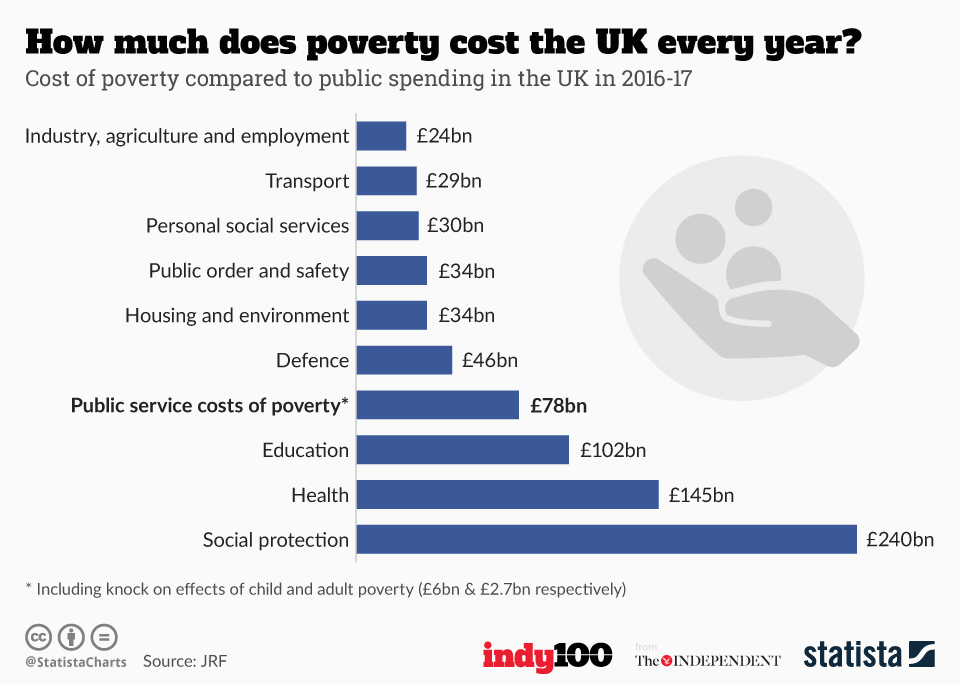
For example, a shopping tag in reels is visible under the video description.
After clicking on the View product tag under the video description, an Instagram user can see the products featured in the reel. Then they can choose the one they like and buy it.
As you can see, connecting your Ecwid store to Instagram gives you a huge advantage over your competitors. Not only can you promote your business on Instagram, but you can sell your products right on the app. You don’t have to do the additional work that comes with selling without a catalog, like managing orders through your direct messages (DMs).
Learn more: How to Leverage Product Tags on Instagram to Increase Sales
How Many Followers Do You Need to Sell on Instagram?
This isn’t necessarily news, but there’s no official follower minimum for selling on Instagram. Instead, you just need a few things to succeed:
- A Business profile
- An up-to-date bio and contact info
- A good-looking profile picture
- Several quality posts
- A bunch of relevant hashtags.
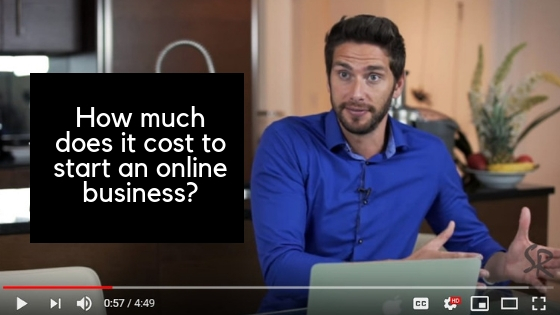
You can sell with as few as a thousand followers. You can even use the link sticker in stories to direct followers to your website. Adding links to stories used to be available only for verified accounts or profiles with more than 10k followers. But now everyone can use links!
Here’s an example of a link sticker from Ecwid’s Instagram profile. The sticker leads directly to our website:
This link sticker enables you to drive Instagram traffic directly to your online store. However, there are plenty of other opportunities to promote your Instagram page.
How Can I Sell on Instagram Without a Website?
There are a few easy ways to sell on Instagram without a website. Some can be implemented right away, while others require some work.
Not ready to commit to a website? Here are some ways you can sell on Instagram without a website:
Direct messages
You can use the tools already available to you on Instagram to sell products. One way is by posting pictures of your products on your Instagram feed or stories.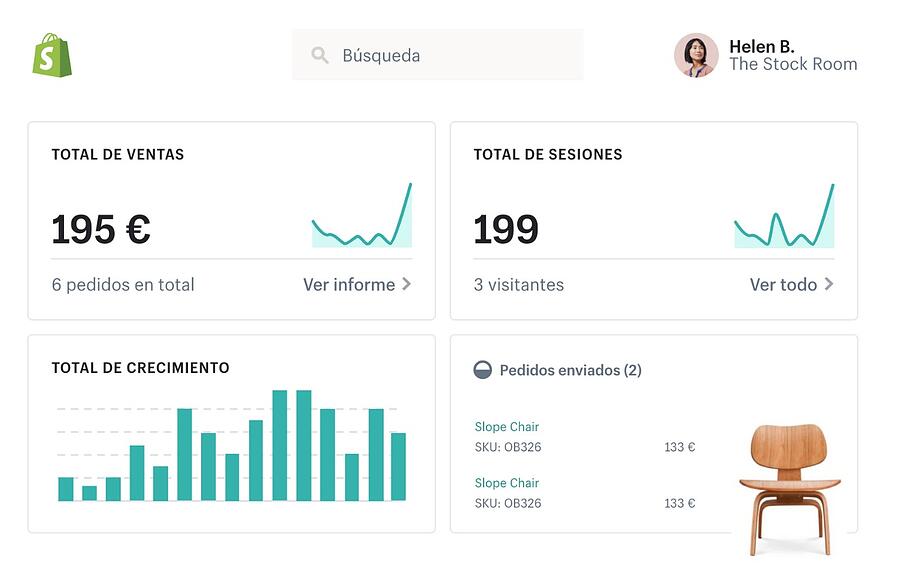 Instagram stories in particular are great for selling products. Because they only last 24 hours, stories create a sense of urgency for customers to buy your product before it’s gone.
Instagram stories in particular are great for selling products. Because they only last 24 hours, stories create a sense of urgency for customers to buy your product before it’s gone.
Whether you post on your stories or feed, you’ll have customers DM you if they’re interested in a particular product. You can generally accept payments in cash or through PayPal. If you choose PayPal, you’ll just need to give customers your PayPal email.
After getting paid, make sure to follow up with customers about the status of their orders.
As you can see, DM selling requires some additional work. If you have a small product inventory that you can keep organized, then this is an option. Take a look at these Instagram DM examples to see how other businesses use Instagram to sell their products.
Comments
There’s a slightly easier way of selling on Instagram with no website — CommentSold. This app automates selling using Instagram comments. It works like this: a customer leaves a specific comment (like, I’d like to buy this) on one of your posts. That triggers the app to create an order and direct the customer to the checkout. They can pay with either a credit card or PayPal.
That triggers the app to create an order and direct the customer to the checkout. They can pay with either a credit card or PayPal.
Shopping tags
As we talked about earlier, Instagram Shoppable Posts allow sellers to add a product tag to the picture. When followers tap it, they can see product details and buy it immediately. This creates a one-tap shop, making it super easy to buy and sell on the platform.
Even if you don’t want to create a full-featured website, you can use Ecwid by Lightspeed to set up an online catalog and connect it to Instagram in no time.
Learn how to get approved for Instagram Shopping.
Find out even more: Selling on Instagram without a Website.
What’s Next?
Need an online product catalog to sell on Instagram? With an Ecwid by Lightspeed store, you can set up a product catalog to connect to Instagram in no time. Don’t hesitate to make your first sale with Instagram Shopping!
Do you want to learn more about selling on Instagram?
- How to Sell on Instagram: Complete Guide for Beginners
- Shopping in Reels: A New Way to Get Discovered and Sell Your Products
- 10 Engaging Instagram Reels Ideas to Promote Your Business
- Instagram Apps to Increase Your E-Commerce Sales
- Trending Product Niches on Instagram
- Easy Steps to Organize your Instagram Profile for Business
- Text Matters: How to Write Engaging Instagram Captions for Online Stores
- How to Monetize Your Instagram
- How Much Does It Cost to Sell Online With Instagram?
- How to Get Approved for Instagram Shopping
- How to Sell on Instagram Without a Website
- How Many Followers Do You Need to Sell on Instagram?
- 10 Free Ways to Get More Followers on Instagram
How much to charge for advertising on Instagram
Today, in the accounts of Instagram bloggers, you can find ads from both start-ups and large corporations.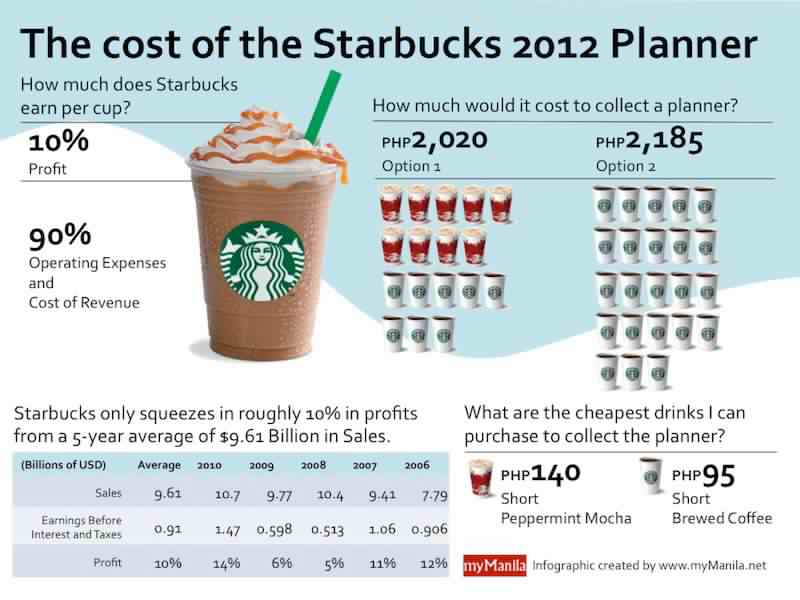 The price tag for one advertising post can vary from several hundred to several million dollars. Such a huge price range challenges all influencers in assessing the fair value of their services. We offer you to figure out how much to charge for advertising on Instagram, and on what factors the cost depends.
The price tag for one advertising post can vary from several hundred to several million dollars. Such a huge price range challenges all influencers in assessing the fair value of their services. We offer you to figure out how much to charge for advertising on Instagram, and on what factors the cost depends.
Why you can get money on Instagram
Influencer marketing continues to gain momentum. About 7 out of 10 users rely on the opinion of bloggers when making a decision. Influencers allow you to establish closer contact with the audience, drive huge streams of payback Internet traffic and improve sales.
Using these market trends and having an active audience on Instagram, you can earn money by promoting brands and their products. There are several options for earning:
- sponsored publications;
- affiliate marketing.
Let's consider each of them in more detail.
Sponsored post or story
Sponsored posts are one of the most popular ways to make money on Instagram. Advertising with bloggers shows amazing cases, so brands of all calibers are looking to partner with influencers. And not only millionaire bloggers are in demand. Brands also turn to micro-influencers with up to 50K followers for advertising.
Advertising with bloggers shows amazing cases, so brands of all calibers are looking to partner with influencers. And not only millionaire bloggers are in demand. Brands also turn to micro-influencers with up to 50K followers for advertising.
The task of the influencer in this case is to create and place high-quality advertising content in their account. The format of a sponsored post can be anything, from a simple photo with a product and a mention of the brand, as if by chance, to a full review.
Collaboration is based on individual advertising agreements between the brand and the account holder. The influencer chooses the cost of placing an advertising post independently based on several key parameters:
- volume of subscribers;
- audience engagement;
- demand.
Often the cost is influenced by two more unpredictable concepts - the blogger's personal desires and the ability to sell to his audience.
In determining the cost of an advertising post, a lot also depends on the format of advertising, the scale of the influencer, the brand budget, and product features.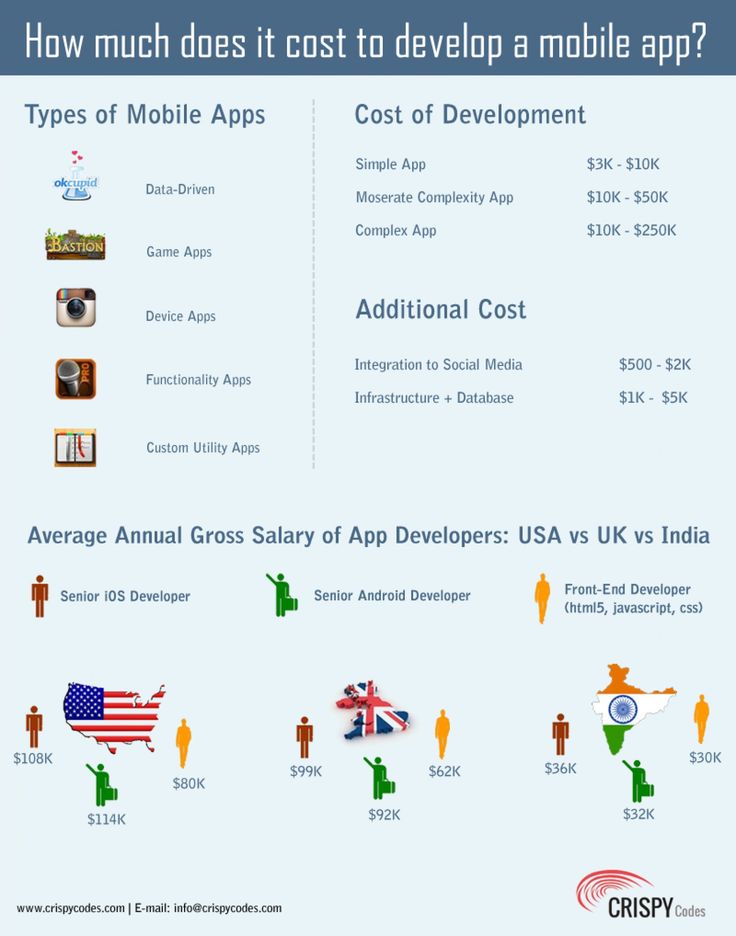 As a rule, the more difficult it is to advertise a product and the more time it takes to create content, the higher the cost of placing a sponsored post.
As a rule, the more difficult it is to advertise a product and the more time it takes to create content, the higher the cost of placing a sponsored post.
Affiliate marketing
Affiliate marketing involves earning a certain commission on the sale of partner products, attracting new customers. The task of the influencer in this case is to conduct a review, talk about the benefits of the product and add a referral link or a promo code for the purchase to the description. If users like the recommendation, they go to the partner's website and make a purchase, the blogger will receive a certain commission from the funds they spend.
Affiliate marketing has more flexibility than sponsored publications. A blogger can decide for himself what format of publications to choose, what, how, and when to write, but earnings also depend solely on the actions of the influencer himself. Working according to this scheme, it is important to choose the right products on offer so that they are ideally suited to your target audience.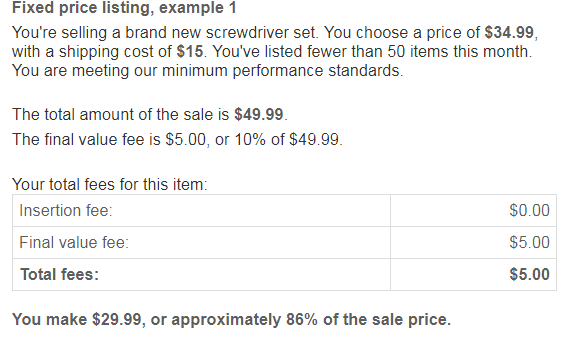
Assess the quality of the audience
When a brand pays you to post, it is actually buying views, likes, clicks from your target audience. And you have to be honest with the advertiser about what response you can offer. Selling your influence without actually having it is a recipe for disaster.
Therefore, before placing a price tag, you should definitely evaluate the quality of your audience. Detailed account audience analytics can be done with trendHERO .
The service allows:
- to find out the demographics of subscribers;
- compare the interests of your audience with the values of the brand;
- see how the number of subscribers grows;
- calculate the audience engagement indicator;
- Check your account for bots.
Advertisers now value quality over quantity. Nobody wants to overpay for bots in subscribers and “dead” souls, so before cooperation, you should definitely check the quality of your account. So, if necessary, you can increase the level of audience engagement, clean your account from bots, and avoid being blacklisted by unscrupulous bloggers.
So, if necessary, you can increase the level of audience engagement, clean your account from bots, and avoid being blacklisted by unscrupulous bloggers.
Please note that advertisers can get detailed profile statistics without you. Therefore, it makes no sense to hide cheated activity and subscribers.
How to calculate how much to charge for advertising?
The price of advertising depends on many factors:
- format;
- the quality and quantity of the audience;
- brand budget;
- influencer requests.
There is no single magic calculation formula suitable for everyone. Therefore, below we suggest that you familiarize yourself with several different ways to determine the cost of advertising on Instagram.
Hourly
Hourly is a good option for aspiring influencers who don't yet have a huge following but already know they can create quality content.
This is also a good option for those who post content that requires a lot more skill than just taking photos or videos.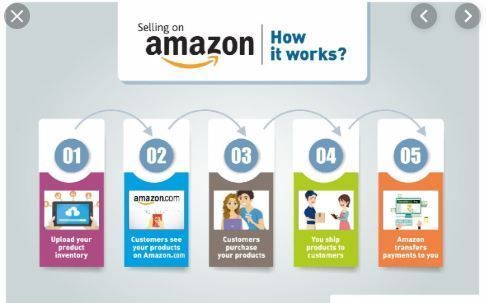 For example, if you conduct a full product review for your publications, apply technical editing skills, use special effects, drones, then it is logical that you should receive monetary compensation for your efforts and time spent.
For example, if you conduct a full product review for your publications, apply technical editing skills, use special effects, drones, then it is logical that you should receive monetary compensation for your efforts and time spent.
How much a blogger will charge for advertising in this case can be calculated using the following formula:
- Hourly rate * number of hours spent on content production + any additional costs.
Calculation example for creating a sponsored post at an hourly rate of $50:
- 30 minutes to research the brand and competitors;
- 60 minutes to generate a publication idea and determine creative direction;
- 45 minutes product photography;
- 60 minutes for photo editing and retouching;
- 15 minutes to publish the material and write a caption to the post.
Total: 3.5 hours to create a publication is $175 to pay.
Additional expenses may be the cost of the necessary props, the cost of paying for the work of an assistant, travel and other expenses that the blogger incurred to create high-quality content.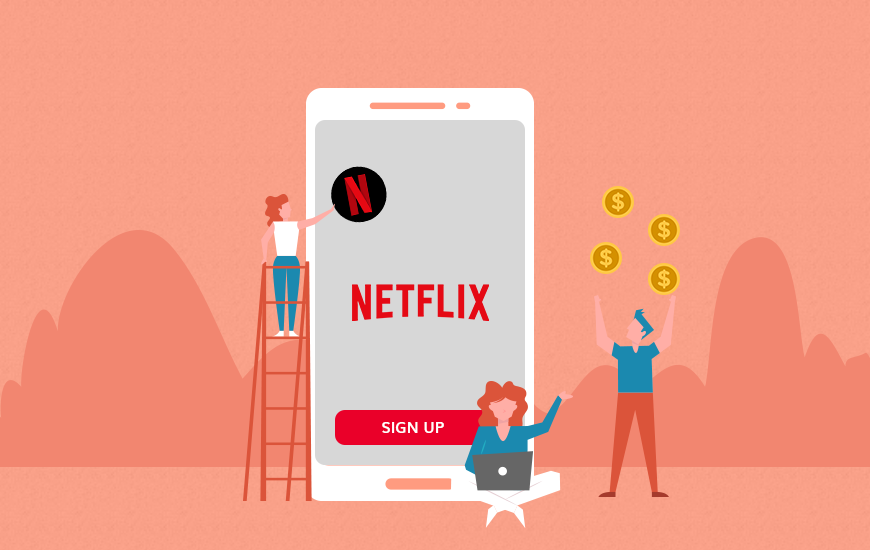
When invoicing, be sure to include all hours spent, from the time it takes to generate an idea. As for the additional costs, then everything is individual. For example, some even include in the price the travel time and the money spent on gasoline and the purchase of props. Others are frivolous about such calculations and perform minor duties just like that.
It's worth mentioning right off the bat that not all brands may like the idea of paying an hourly rate. In some cases, you will have to calculate in advance how long it will take you to produce in order to quote a fixed fee. Of course, it may take you longer to create content than you planned, or you may be able to complete it much earlier. But knowing the estimated cost, companies can plan costs.
Engagement payment calculation
The brand wants to get views, new loyal customers, likes and comments from cooperation. Logically, it makes sense to charge for the actual engagement of users under a post. This option will be attractive for those who do not want to keep track of every second spent on the project, and are confident in the quality of their audience and their influence.
This option will be attractive for those who do not want to keep track of every second spent on the project, and are confident in the quality of their audience and their influence.
But it is important to understand that there is a certain relationship between the number of subscribers and engagement. As a rule, the more followers, the less engagement on the account. This is due to many factors, including the fact that subscribers believe that if there are more than 30K+ likes on a post, then you don’t need them anymore.
To calculate how much a blogger should charge for advertising, taking into account engagement, follow the following scheme:
- Calculate the average number of likes per post. For calculation it is recommended to take into account the last 12 posts. Output the total number of likes and divide by 12.
- Determine the average number of likes by counting all the comments under the last 12 posts and dividing the number by the number of posts.
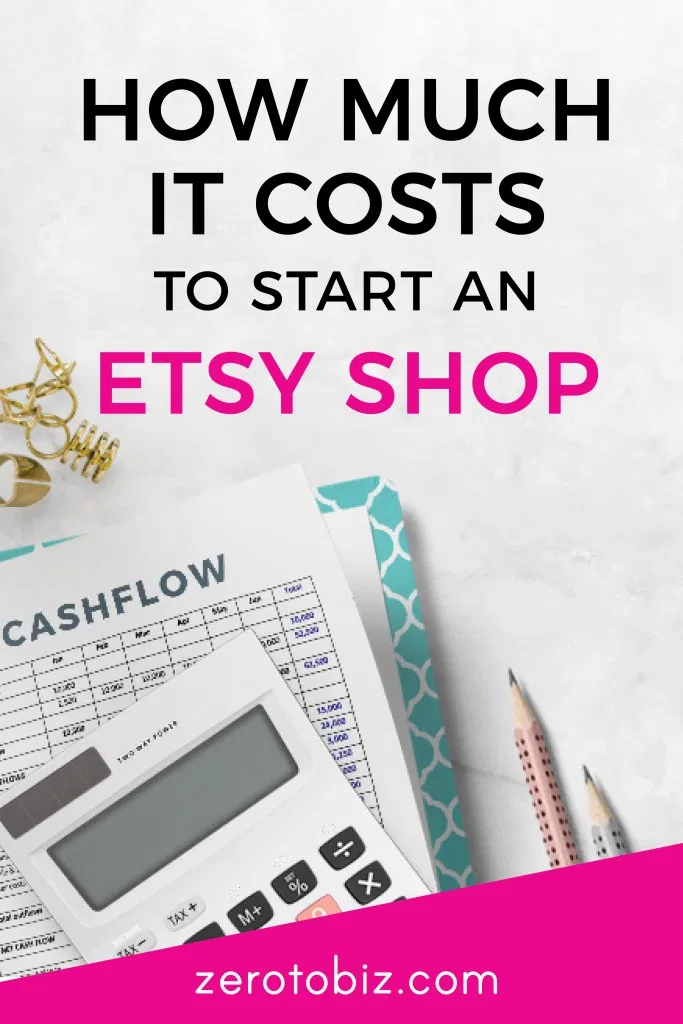
- Calculate the average number of activities per post by adding the average number of likes and comments.
Next, you can determine for yourself the optimal cost for one user activity and calculate how much it will cost to place a post with you.
For example:
- the average number of likes under posts is 3000;
- average number of comments 75;
- total activity of users under post 3075,
- the selected price for one activity is $0.1.
Total: posting will cost $307.5 (3075 x 0.1).
You can automatically calculate engagement and get a lot of other useful statistical information about your profile through trendHERO.
Because comments require more effort from users, you can set separate fees for likes and comments if you wish. Remember also that brands always like to get more than they planned. Offer a discount, several posts instead of one, additional content with a product as a courtesy.
Payment by CPM
The third option is to calculate the cost of advertising by CPM.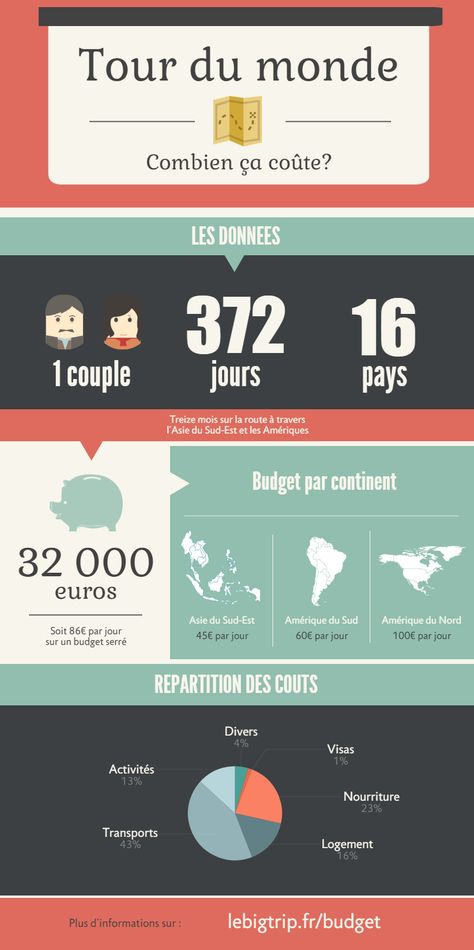 CPM (abbr. from Cost per mille) is a marketing term that shows the cost per thousand impressions or subscribers, taking into account their engagement.
CPM (abbr. from Cost per mille) is a marketing term that shows the cost per thousand impressions or subscribers, taking into account their engagement.
To calculate your CPM payment, follow a few simple steps.
Step 1: Calculate Engagement
First of all, you need to calculate the level of engagement on your account. For this you need:
- Add up the average number of likes and comments per post.
- Divide the resulting value by the number of followers on the account and multiply by 100%.
Average cost of payment for 1000 impressions difference depending on the level of engagement of subscribers:
- 1.5-3% participation - 5 USD;
- 3-5% - 7 USD;
- 5-8% - 10 USD;
- > 8% - 15 USD.
Step 2: Follower count
Next, divide the number of followers by 1000. For example, if you have 250K followers in your account, then the CPM value of the formula would be 250.
Step 3: calculation of CPM
Now all that remains is to substitute the obtained values into the formula and calculate:
- Advertising price = CPM value by engagement level x per subscriber rate.
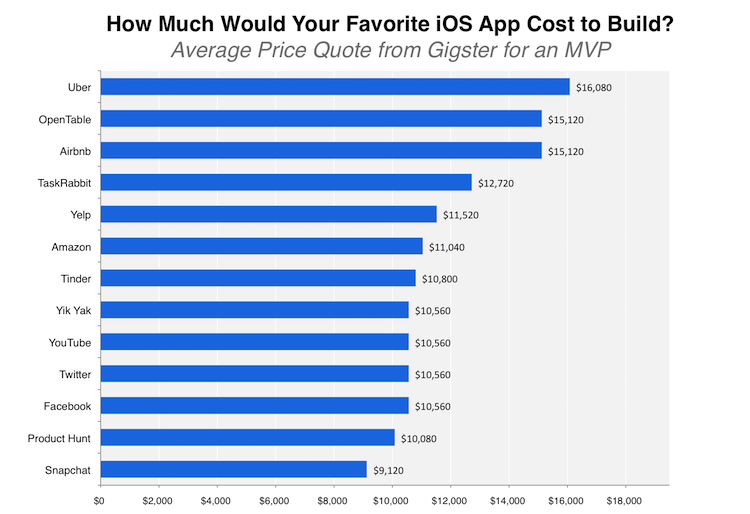
For example, let's take an account with 25K followers and engagement of 3-5%. The calculations for it will look like this:
- 7 USD x 25 = 175 USD per post.
Brands also often use pay per 1000 impressions. To calculate the CPM in this case, you should:
- Take the average number of impressions a post gets and divide by 1000.
- Multiply the resulting value by the cost per impression. The average cost is 20 USD, which formally means 2 cents per impression.
Calculation example for an account where 20000 is the average number of impressions: (20000/1000) x 20 = 20 x 20 = 400 USD.
As a rule, the engagement and impressions for Stories and regular posts are different. Therefore, for each specific ad format, you should display its own cost. Sometimes the cost of placement may be intentionally increased compared to the base rate. For example, if it takes many times more time and skills to create an advertising publication for all brand requirements than for a regular one.
Other methods
There are several other ways to determine the optimal cost of advertising in your account. The methods below do not require special calculations, but make it easy to navigate the market situation.
Use the calculator
You can use online calculators to calculate the cost of a sponsored post. It is convenient, simple and does not require much time. But you have to trust the average formula derived by professionals.
For example, the mafluence.com service allows you to calculate the cost of advertising based on the number of subscribers, their activity, engagement level, and many other factors. To make a calculation, you only need to specify a nickname.
The calculator from influencermarketinghub.com works in much the same way. With it, you can also calculate the approximate cost of advertising based on the number of subscribers, their involvement, and some other statistics by entering only the account name in the appropriate line.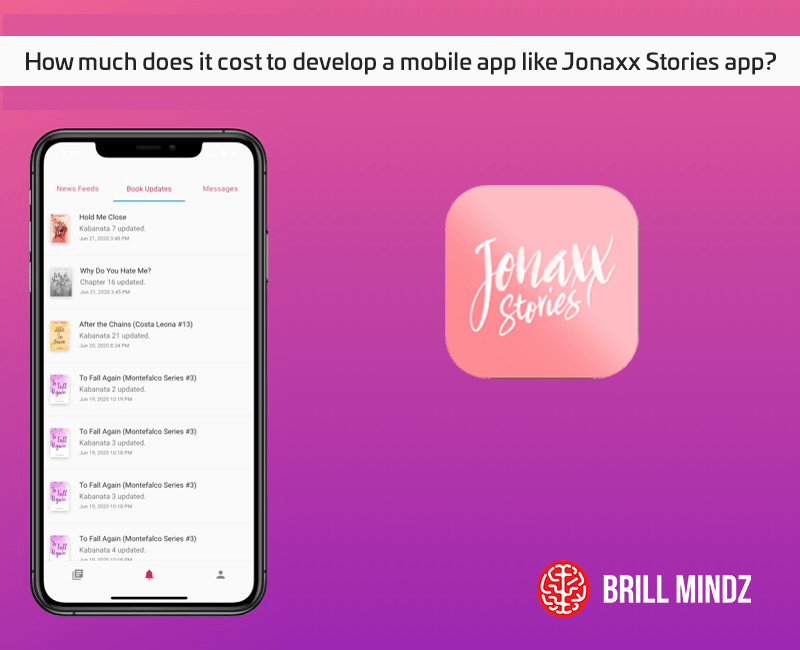
Monitor competitors
You can determine the approximate cost per post by analyzing competitors. You can find out the cost of placing an advertising post directly, for example, by asking the owner of another account, or by searching for prices in chats and customer groups, on advertising exchanges.
Knowing the cost of advertising in accounts like yours, you can also create competitive offers for advertisers by offering discounts or slightly more material for the same cost.
Specify the brand's budget
Any cooperation negotiation should start with the customer's budget. Of course, you should already have your own minimum bar calculated, below which you would not cooperate. But it’s still worth considering the brand’s budget.
Knowing the brand's budget, you can act in several scenarios:
- Develop an offer based on the brand's needs and budget.
- Reduce the time spent on creating content and thereby reduce the cost of advertising for the brand.
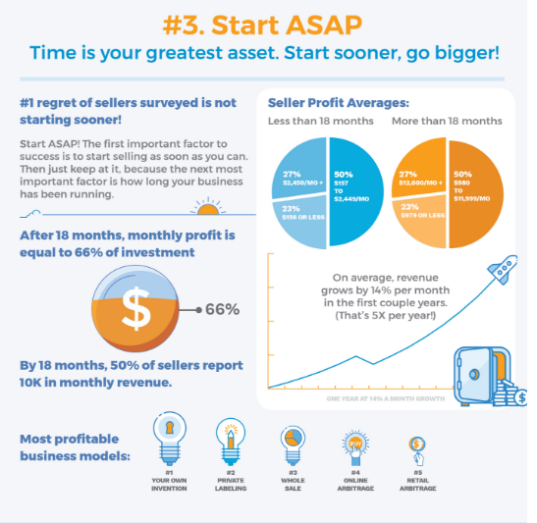
- Get more than originally planned if the customer's budget is more than the standard cost of placement in your account.
It may also happen that the applied brand does not have an advertising budget. Of course, unpaid work does not pay bills, but sometimes it is worth accepting such offers. Especially if you need experience and feedback.
Some brands offer barter, interesting collaborations, they are ready to provide free copies of their products in exchange for publication. And although such cooperation will be less profitable from a financial point of view, it can still be useful both for gaining experience and for establishing relationships.
In calculating the cost of advertising, everything is very individual. All influencers are at different levels, have their own strengths and weaknesses, and produce content of varying quality. The final cost of placement can be determined only by you. After all, only you know for sure how subscribers trust you, how long it takes to create high-quality content, and how real the activity in the profile is. We can only recommend staying honest with brands, keeping an eye on the quality of your audience, and looking for a compromise when necessary.
We can only recommend staying honest with brands, keeping an eye on the quality of your audience, and looking for a compromise when necessary.
How to connect Instagram Shopping | Manual
Since March 2022, Instagram has been banned in Russia. In other countries, all its features are still available.
Instagram Shopping allows users to buy directly from a photo or video in any section of the social network. At the same time, there are different opportunities in different countries. About all the nuances - in this article.
Instagram Shopping Features
When creating a store, you can choose a sales scheme. On the website, on Facebook, on Instagram or through private messages. There are limitations here.
Somewhere you can’t sell inside the application - only show tags, information about the product in the card, and then go to the site, from where you can already place an order.
In the US and a number of other countries, full functionality is available - placing an order directly in the application. It works on the basis of the Facebook Pay service. Companies decide for themselves whether to connect the checkout feature on Instagram or not.
It works on the basis of the Facebook Pay service. Companies decide for themselves whether to connect the checkout feature on Instagram or not.
If they decide not to connect, they will be able to transfer the user to the site, and use Instagram solely as a showcase. The company and bank account must be registered in the United States.
If you're temporarily in a country where Instagram Shopping isn't available (for example, while traveling), you may lose the ability to tag products. Restoring access takes up to 2 weeks.
How to connect Instagram Shopping
Consider a variant with limited functionality when sales go through the site. The feature is available on business accounts that are connected to a Facebook page.
MySklad already has integration with Instagram Shopping and Facebook — you can automatically upload products, current balances and prices to social networks, and add product links directly to posts.
Create a catalog on your page on the social network, and unload the goods, their modifications, photos, prices and balances from My Warehouse.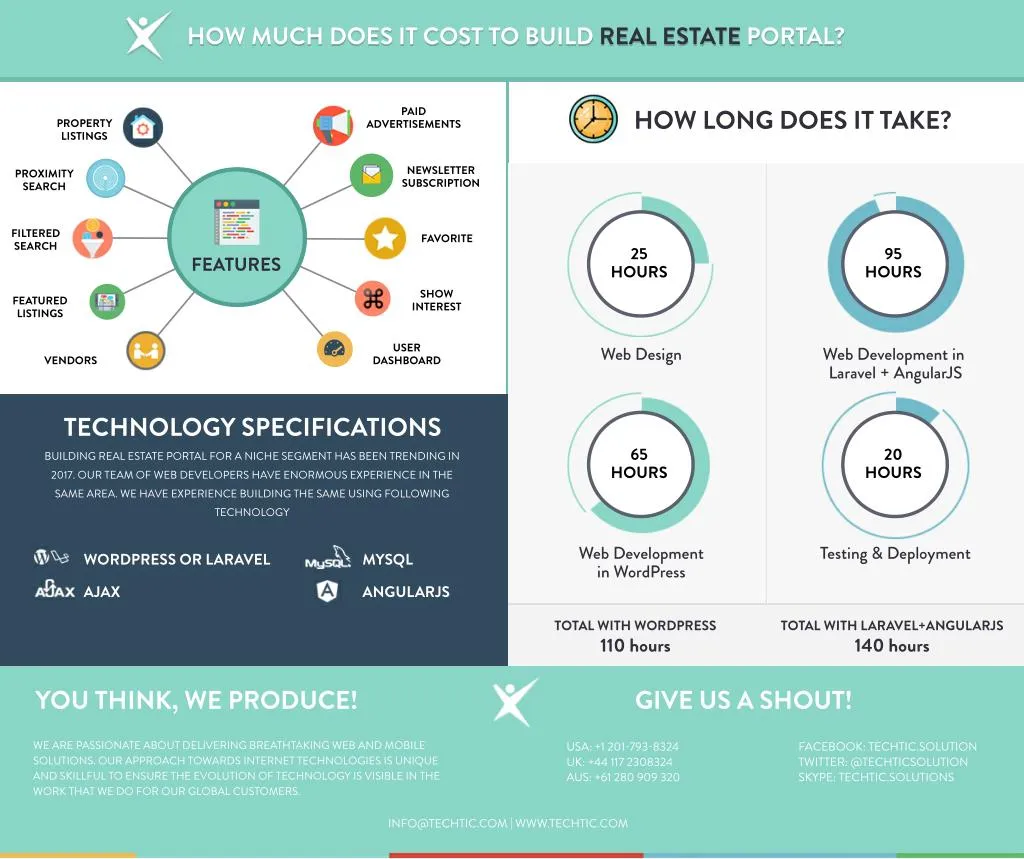 The data is synchronized automatically - you can set the interval or start the update yourself at a convenient time.
The data is synchronized automatically - you can set the interval or start the update yourself at a convenient time.
A link to the main online store is attached to each product - the buyer follows it and places an order. Integration is available free of charge on all tariffs of MoegoSklad. You can set it up if your business account on the social network has the Instagram Shopping feature. See video instructions for more details.
How to set up Instagram Shopping
- Create and link a directory. Can be done using the Commerce Manager tool, a desktop platform for managing sales on Facebook and Instagram. The service helps to create a new catalog or connect an existing one, process orders, etc. To use product tags and stickers, select an e-commerce catalog.
- Connect Instagram Shopping in your profile settings and submit your account for verification. It usually takes several days. The verification status can be found at any time in the "Purchases" section in the settings.
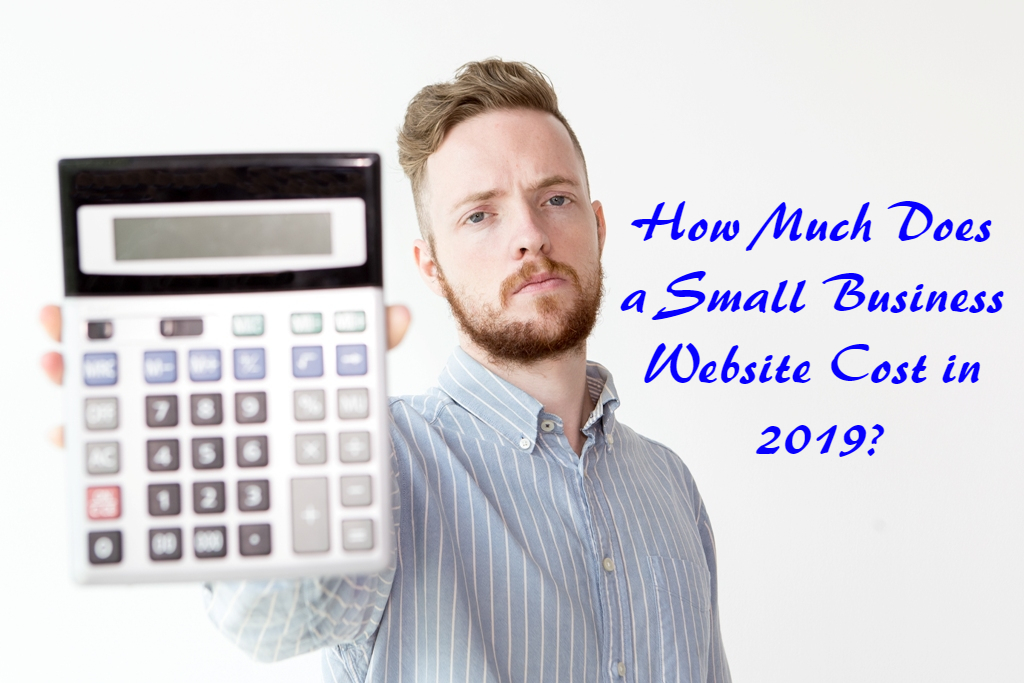 As soon as the account is approved, a notification will be sent from Instagram.
As soon as the account is approved, a notification will be sent from Instagram.
After that, you can create a post with a shopping feature. Up to five products can be added to a post with one image, and up to 20 products can be added to a post with multiple photos or videos. You can only add one product sticker per post in Stories.
Thus, you use Instagram Shopping as a storefront - a buyer on the social network will examine the product, but will go to the site to purchase.
Instagram Shopping Tags and other opportunities for promotion
Instagram Shopping has a set of tools that make trading easier.
Collections of goods. You can collect products into groups by topic. At the same time, it is not necessary to make collections that are familiar to everyone, for example, “New Products” or “Hits of Sales”. Categories can be any and convenient for customers. You can create "10 Gifts for Grandma" or "All for the Holidays".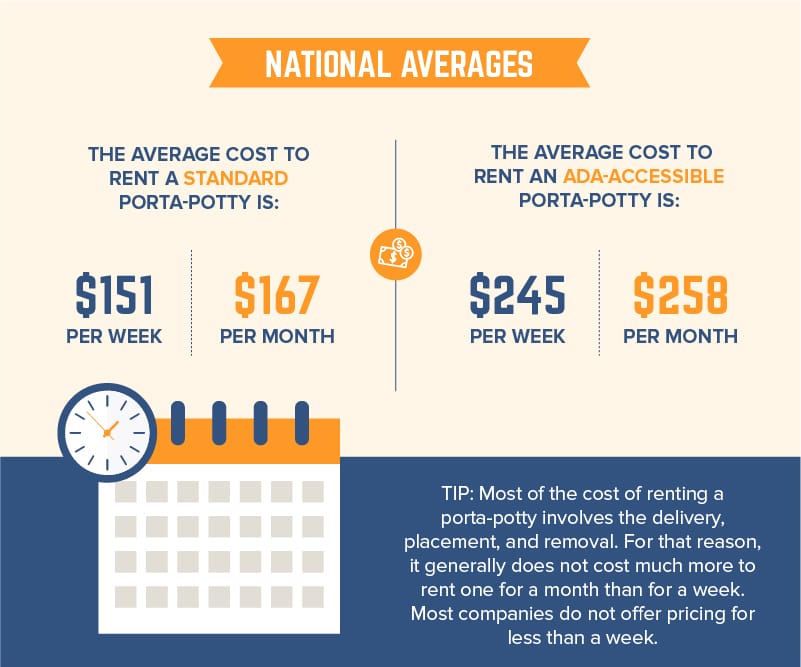
Product tags. Instagram Shopping Tags are special tags. The user clicks on them and gets to the page with information about the product. From there, he can go to the site and make a purchase. Thus, the number of clicks decreases, and the client does not postpone the purchase.
Advertising. You can set up ads with product tags. You can promote already existing publications with tagged products in the feed or popular, or create new ads in Ads Manager.
You can also create custom audiences for advertising: select groups of users who have performed a specific action. For example, those who viewed or saved the product. How to set up ads - we tell below.
You can attract new customers by creating new custom audiences or expanding old ones. Create a user group from both Facebook and Instagram. You can include more sources if you choose audience expansion.
For example, you can create a shopping custom audience that includes people from both Facebook and Instagram.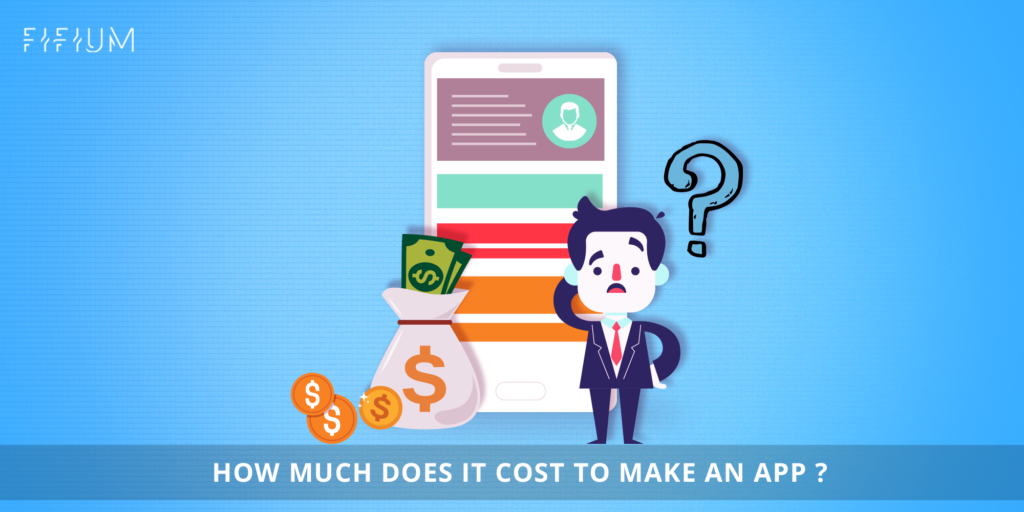 You can also create a shopping custom audience based on multiple events. For example, based on the Add to Cart and View Product Details events.
You can also create a shopping custom audience based on multiple events. For example, based on the Add to Cart and View Product Details events.
For whom and for what niches Instagram Shopping is suitable
To understand which product is easier to promote on Instagram, you need to look at the portrait of the platform's audience. It's more of a female audience. Age category from 18 to 34 years.
Hence the assumption of which products will sell well on Instagram:
- Things that reflect the lifestyle - clothing, jewelry, shoes, accessories, cosmetics, perfumes, sporting goods.
- Trendy products that reflect the spirit of the times. It can be anything from a case for wireless headphones to masks and sanitizers.
- Visually appealing products whose purchases are dictated by emotions. For example, decorative interior items or handmade.
The list can be supplemented with household appliances, car parts and pet products. We will talk about limitations in the next section.
We will talk about limitations in the next section.
The US was among the first to gain access to Instagram Shopping in 2018. And there, entrepreneurs can already draw conclusions about its effectiveness.
Magnolia Boutique women's clothing store owner Susan DelPriore told Big Commerce that after publishing 117 tagged posts, traffic from Instagram increased by 4% and revenue from the social network increased by 20%. She advised telling subscribers about the new feature in the feed and stories, as well as doing cross-promotion in other social networks. In addition, it is important to give instructions on how to place an order correctly.
John Lott, director of children's clothing store SpearmintLOVE, said that after 208 posts on Instagram Shopping, traffic from the social network increased by 12.61%, and revenue from Instagram increased by 8%. He also noted that it was important to tell subscribers about the new feature - the store published instructions in stories for two weeks.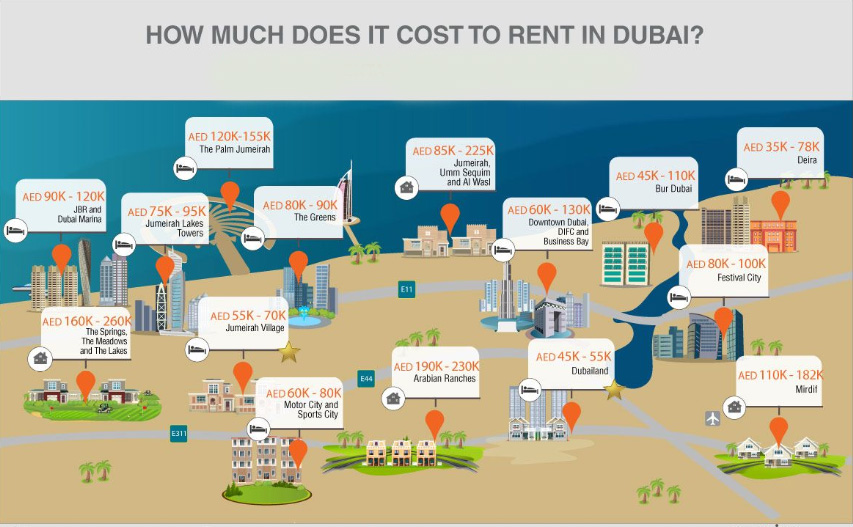
Do not forget that in the USA the option of ordering and paying directly from the social network works.
What not to sell on Instagram
Instagram is owned by Facebook and is part of its advertising network. The same rules apply for paid publications of both sites.
For example, you cannot advertise and sell tobacco and tobacco products, as well as prescription drugs, drugs, and wiretapping devices.
We have put together in a table a list of all products that cannot be advertised on Instagram. Download and study it.
Fragment of tableDownload Facebook and Instagram trading rules
How to manage the range of products in Instagram Shopping
On Instagram, just like on Facebook, you need to upload the products you are going to sell to a catalog. There are two ways to link a catalog to your social network account:
- Via Commerce Manager. This is a do-it-yourself tool available in Facebook Business Manager.
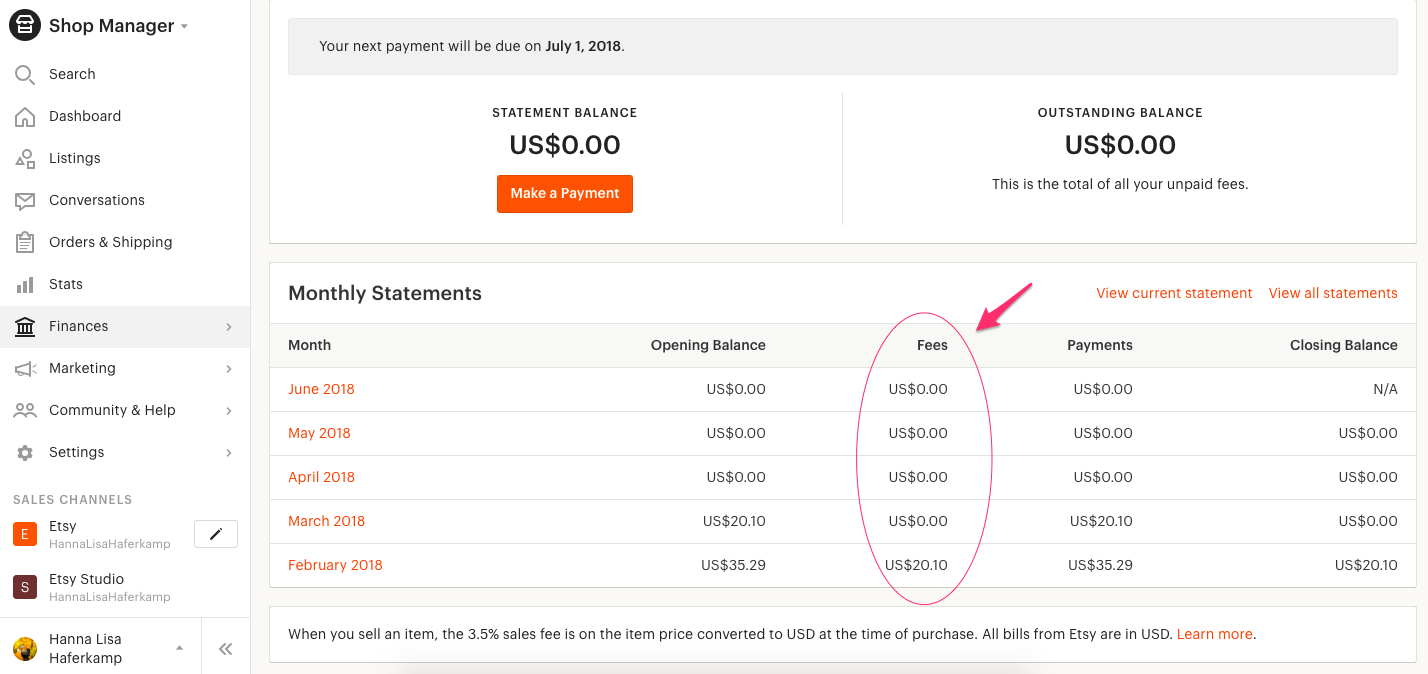
- Through a partner e-commerce platform. For example, Shopify or Big Commerce.
By the way, if you have a store on Shopify, you can connect it to the MyStorage service. This is how you add data on orders and counterparties from the platform for launching an online store to a single accounting system, where there is everything for online trading.
In My Warehouse, you can always see information about the balances that will be automatically uploaded to Shopify.
Try MySklad
With the catalog you can:
- Add and manage product details. You can upload an image, write a description, set a price, change color or size. And also - add several positions at once and a link to the store's website.
- Group ads. This is useful if you need to combine different posts with a common theme. For example, information about discounts and promotions.
- Create selections for shops. To show customers all the products that may be of interest to them.
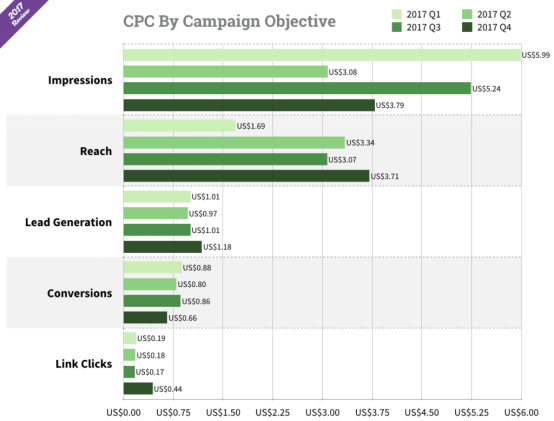
- Assign permissions. Then other people or partner companies will be able to work with your catalog.
- Download country and language information. This way, buyers will automatically see the correct information and prices for items in the ad or in the store.
Read also: 7 problems that prevent trading on the Internet
It is not necessary to create multiple directories. All product data can be stored in one. You can change information about a product in the catalog at any time. But it is important that it always contains accurate data on prices and availability of each item.
Also, the rules for returning goods and funds should be written either on your website or in the store's Instagram account: for example, in current stories or in a separate post.
Sometimes sellers do not indicate the cost of goods and call it only in private messages. But not everyone does this. For example, the NeBabushka yarn store does not hide prices, says its owner Natalya Maltseva. The ability to put a price tag directly on a photo in a post is convenient for her.
The ability to put a price tag directly on a photo in a post is convenient for her.
We have never closed prices. The price in the label in the post will not scare anyone away. And if this happens, then this is not a representative of our target audience.
Natalia Maltseva
shop owner "NeBabushka"
See also: How to tie big money: the success story of the Nebabushka yarn store
According to Natalia Maltseva, Instagram Shopping tools will help meet spontaneous demand: “Now it’s traditional for us — follow the link in the profile description. And the person is forced to either leave the post and follow this link, or enter the name of the site in the browser.”
But for some sellers, the main disadvantage of Instagram Shopping is precisely that live communication with the client is lost. Sellers say that sometimes with the “answered price in PM” format, a dialogue is started with the client, which ultimately leads to a sale.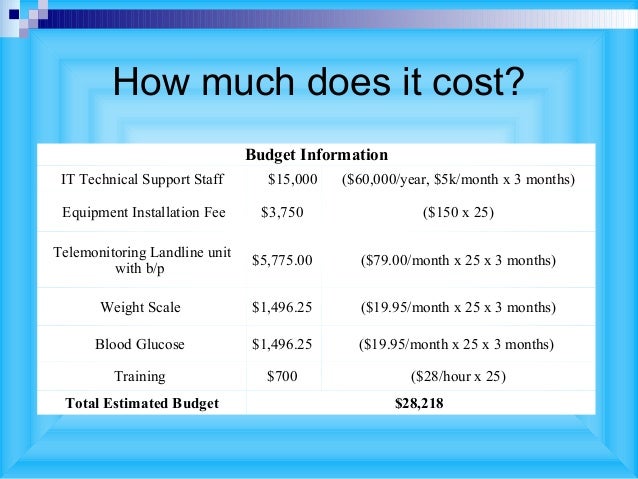 Indeed, in a live conversation, the seller can always offer an alternative or resell something else.
Indeed, in a live conversation, the seller can always offer an alternative or resell something else.
Firstly, you can use visual content to attract potential customers, and secondly, you can immediately get feedback.
“If you break Instagram down into elements, then there will be no unique tools for promotion in the social network,” says Ekaterina Pyankova, a target specialist at MoegoSklad.
Hashtags, targeting, bloggers, smart feed - all this is also available in other social networks. Taken together, the social network continues to be one of the best for business. There are probably almost no brands left that do not have an Instagram account.
Ekaterina Pyankova
targetologist of My Warehouse
The owner of the NeBabushka store believes that the secret of Instagram's effectiveness is that communities of people with the same interests are quickly formed there.
People come to see what's going on in the store.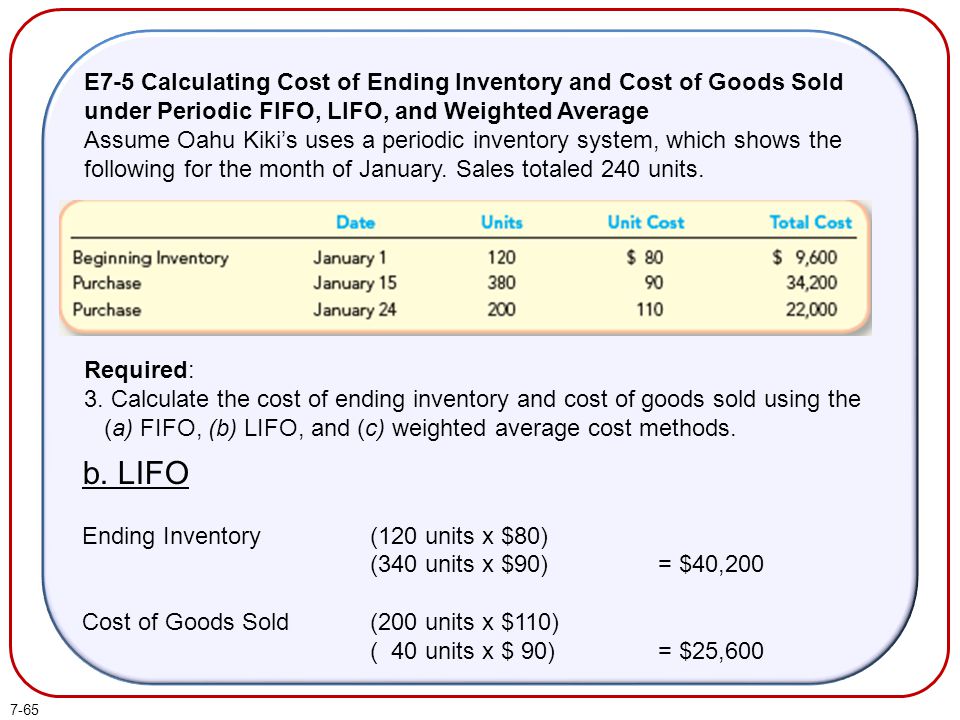 And through Instagram, we convey the atmosphere that residents of other cities and countries cannot feel when they come to the store. For them, this is a kind of window.
And through Instagram, we convey the atmosphere that residents of other cities and countries cannot feel when they come to the store. For them, this is a kind of window.
Sales in social networks are suitable for those who want to receive orders online and at the same time do not invest in the creation and promotion of an online store. Watch our tutorial to learn where your products will sell best, how to process orders, and how you can save money.
Get master class record
Targeted advertising
There are three main ways to promote your store on Instagram:
- targeted advertising,
- advertising with bloggers,
- advertising in thematic communities.
Ekaterina Pyankova considers target to be the most effective of them. This is an advertisement that is shown to an audience according to predetermined parameters: user behavior on the network, their age, interests and field of activity.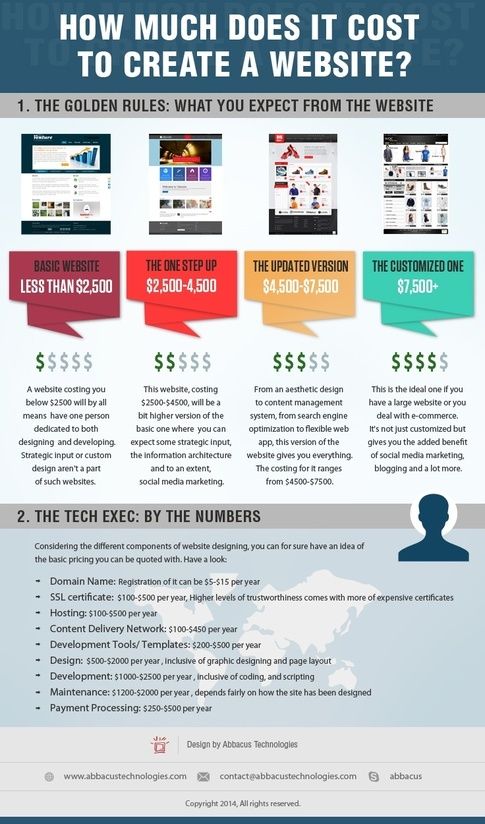
It is easier for those who use it to increase sales, because in this way the publication is most likely to be seen by those who are interested in buying. To run targeted advertising, all you need is a business account.
There are no fixed numbers on Instagram. Sometimes it's expensive and good, sometimes it's cheap and bad, sometimes it's expensive and bad, sometimes it's cheap and good. Any result is useful information for further work.
To launch targeted ads, you need to set up a campaign in your Ads Manager dashboard. Through it, for example, you can run ads on:
- people who "similar" to your customers in terms of age, occupation and hobbies;
- all visitors to your page or site;
- regular customers;
- visitors who added items to their cart but didn't buy them.
Most stores stop at targeting or working with bloggers.
We review our products and engage bloggers to talk about our products.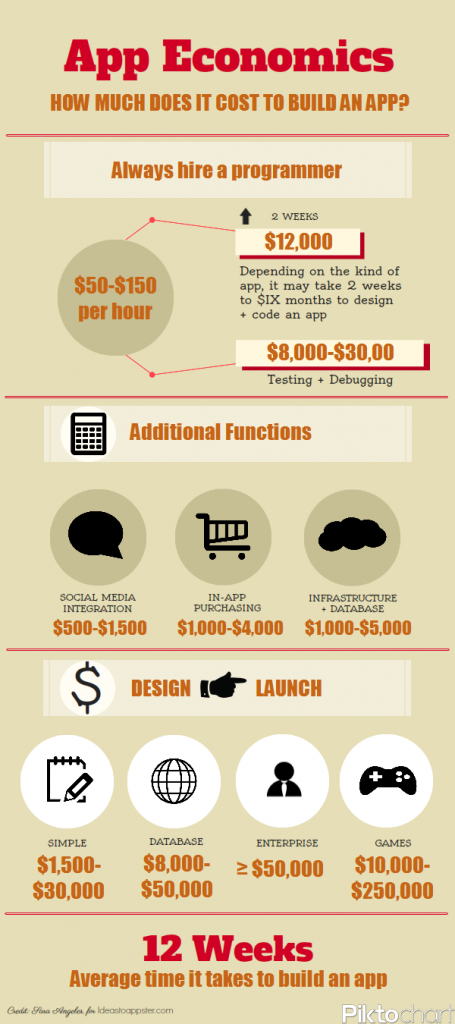 We didn’t work with targeting for a while, but now we have changed a specialist, and we will launch this type of advertising again.
We didn’t work with targeting for a while, but now we have changed a specialist, and we will launch this type of advertising again.
Shopping ads and posts tagged with Instagram Shopping Tags
Instagram Shopping tools complement existing types of advertising. For example, you can promote posts with tagged products or create ads from scratch in Ads Manager.
Product tagged ad For a business that has been promoting their products on Instagram for a long time, the button to go to the site under the publication is a chance to increase sales even more.The ability to place a link to buy under the post will significantly increase the conversion.
What hinders the promotion of goods
Since 2016, Instagram has had an algorithmic feed, so the time of publication of advertising posts does not affect their effectiveness in any way. But the cheating of subscribers, which is still sometimes used by both business and bloggers, will not lead to anything good.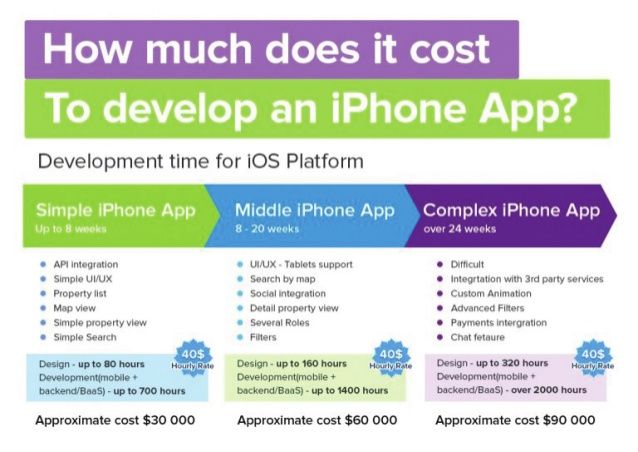 In the worst case, you can lose your account.
In the worst case, you can lose your account.
There are other difficulties that a business may face.
If you don’t have a constant influx of new subscribers, the number of outreaches decreases. Our task now is to ensure a constant influx of fresh subscribers.
“The audience has high requirements for brands. The account must comply with trends and actively adapt to new ones. And at the same time, there are high requirements for sincerity and openness,” explains Ekaterina Pyankova.
The influence of Instagram is based on visual imagery and on conveying emotions through text and video. If a person did not immediately respond to your offer, it is likely that in a second he will be distracted and fly away somewhere else.
For example, it’s not enough for a clothing brand to simply post a photo. The audience expects videos from production, promotions, contests, high-quality videos, user-generated content.
The audience of the social network is spoiled, any “respite” threatens with replies and loss of interest.